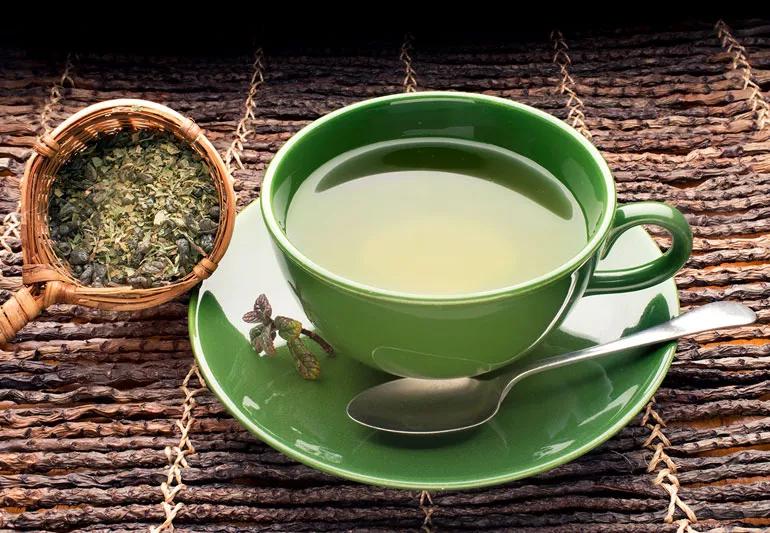Adjusting your diet can help fight inflammation

Can’t shake the soreness after starting an exercise program? Or maybe you’re constantly reinjuring a muscle or tendon? You put a lot of effort into your workouts, so why are you always in pain or feeling beat up after a sweat sesh?
Advertisement
Cleveland Clinic is a non-profit academic medical center. Advertising on our site helps support our mission. We do not endorse non-Cleveland Clinic products or services. Policy
The problem is likely tied to inflammation, but the good news is that the foods you eat can be part of the solution. Sports nutrition dietitian Kate Patton, MEd, RD, CSSD, LD, discusses what to eat after your workout to help you recover and feel your best.
Inflammation, a vital part of healing, is your natural biological response to a wide range of triggers. Your body tries to remove these triggers so your tissues can heal.
The classic signs of inflammation — swelling, pain, redness and loss of function — are common acute symptoms, but more chronic symptoms are a concern. Adjusting your diet can help you decrease inflammation and allow you to continue exercising.
The key to reducing inflammation is to shift your focus to a hunter-gatherer style diet. This way of eating is based on consuming clean, whole foods such as:
These foods naturally fight inflammation with an array of nutrients that are:
Adding these foods into your diet will help you fight post-workout inflammation and restore cellular function:
Advertisement
Avocados are a great source of quality fat, vitamin E, potassium and glutathione (a potent antioxidant).
Tip: Blend half an avocado into your morning smoothie for a more creamy texture.
This powerful nut is a great source of calcium, magnesium, potassium, vitamin E, glutathione and beneficial fat. Almonds promote memory and attention.
Tip: Puree almonds in your food processor for a creamy (and cost-effective) nut butter spread. Delicious on fresh fruit as a portable pre-workout snack!
This drink is chock full of antioxidants and helps decrease damage to the mitochondria. These engines in our cells digest nutrients and create energy-rich molecules for our bodies to use.
Tip: Fill ice cube trays with green tea, drop a few berries into each cube and freeze. Pop a few out to flavor your water.
Sea vegetables are an excellent source of minerals such as selenium, magnesium and sometimes calcium and iodine.
Tip: Seaweed chips too strong for your liking? Chop and simmer sea vegetables in soups and stews for a subtler flavor.
It’s the MVP of the brassica family and one of the most powerful detoxifying agents in grocery stores. All veggies are beneficial, but broccoli stands out. Its sulphoraphane and glutathione are reported to help protect your brain from excessive inflammation.
Tip: Roast broccoli on a baking sheet instead of boiling or sautéing it for a delicious crunch. Drizzle with an oil you’ve never tried before, like walnut, almond or avocado oil for a new spin on flavor.
It’s easy to start working these foods into your diet, if you’re struggling try:
Advertisement
Advertisement
Learn more about our editorial process.
Advertisement

Lower-intensity workouts can deliver high-quality health and fitness results

Incremental changes in your exercise routine can improve your strength and endurance over time

Understanding heart rate zones can help you tailor your workout to reach your goals

Increase the size of your muscles by bulking up on protein and focusing on slow, intense movements with progressive overloading

Low-impact exercises help you recover faster between sets, during cool downs and on rest days

Eccentric is slow and steady, while concentric is fast and controlled

Weightlifting can help you build muscle mass, reduce joint pain and increase flexibility to improve your quality of life

Abdominal exercises don’t have to be done on the floor!

The ‘sunshine vitamin’ is found naturally in some fish and is added to other foods

Autism and ADHD often go hand in hand, giving rise to the term AuDHD

The Yuzpe regimen is less effective than other forms of emergency contraceptives, and it’s associated with more side effects